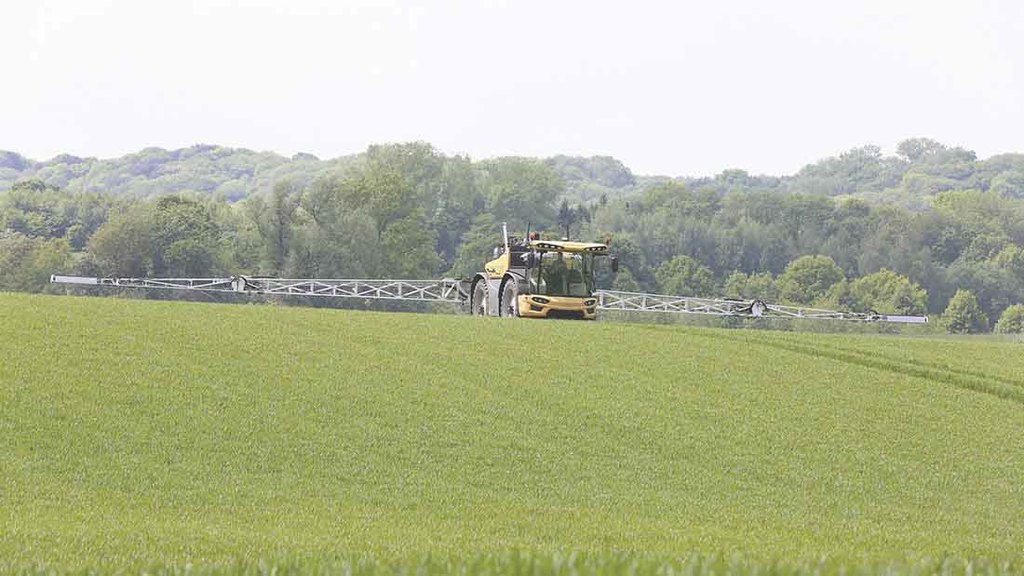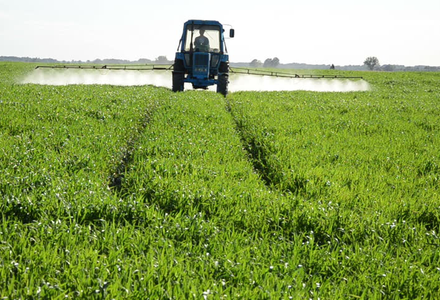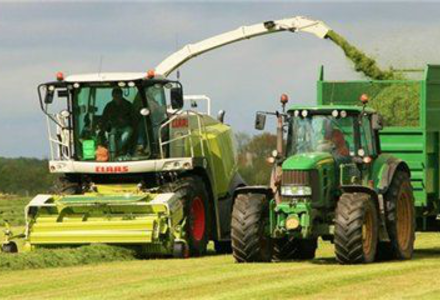How much fertiliser should I apply to grass and when?
Grass requires a good supply of all three of the major nutrients, nitrogen (N), phosphorus (P) and potassium (K) and in some areas sulphur (S) is now recommended too.
 Nitrogen is the key to yield and the average rate for first cut for dairy farms is around 100-125 kgN/ha (80-100 units/acre) and for second cut 75-100 kgN/ha (60-80 units/acre). Higher rates will increase yield but care has to be taken to ensure there is no environmental risk and high rates mean there will be more chance of high nitrate levels at harvest.
Nitrogen is the key to yield and the average rate for first cut for dairy farms is around 100-125 kgN/ha (80-100 units/acre) and for second cut 75-100 kgN/ha (60-80 units/acre). Higher rates will increase yield but care has to be taken to ensure there is no environmental risk and high rates mean there will be more chance of high nitrate levels at harvest.
It is important to take into consideration the contribution from other sources of nitrogen, eg slurry or clover, when calculating the amount to be applied and also the residual N in the soil. There will be little in a new ley after arable cropping but there will be plenty in a re-seed from permanent pasture. Many badly fermented silages are the result of applying too much N fertiliser so, if in doubt, err on the side of caution.
Fertiliser should be applied immediately after cutting, a delay of only one week leading to a 6% reduction in yield.
There is no point in applying nitrogen before grass growth begins as it could result in environmental pollution. For many years T sum 200 has been used as a guide to when fertiliser application can begin, provided ground conditions permit. Typically 40 kgN/ha would be applied in February to early March with the rest applied in late March to early April, but at least 6 weeks before cutting.
Fertiliser should be applied immediately after cutting, a delay of only one week leading to a 6% reduction in yield.
A general guide to nitrogen uptake is 2.5 kgN/ha (2 units/acre) per day from the date of application to the date of cutting, but this assumes active uptake is possible. Dry periods will not count. Use this and your intended cutting date to calculate the maximum amount of fertiliser you should apply.
If spring application of fertiliser is delayed the application rate should be reduced because the harvest date will not be delayed by as much.
Care should be taken to spread fertiliser evenly and accurately. Uneven application will lead to uneven plant nitrate contents and an uneven fermentation in the clamp.

